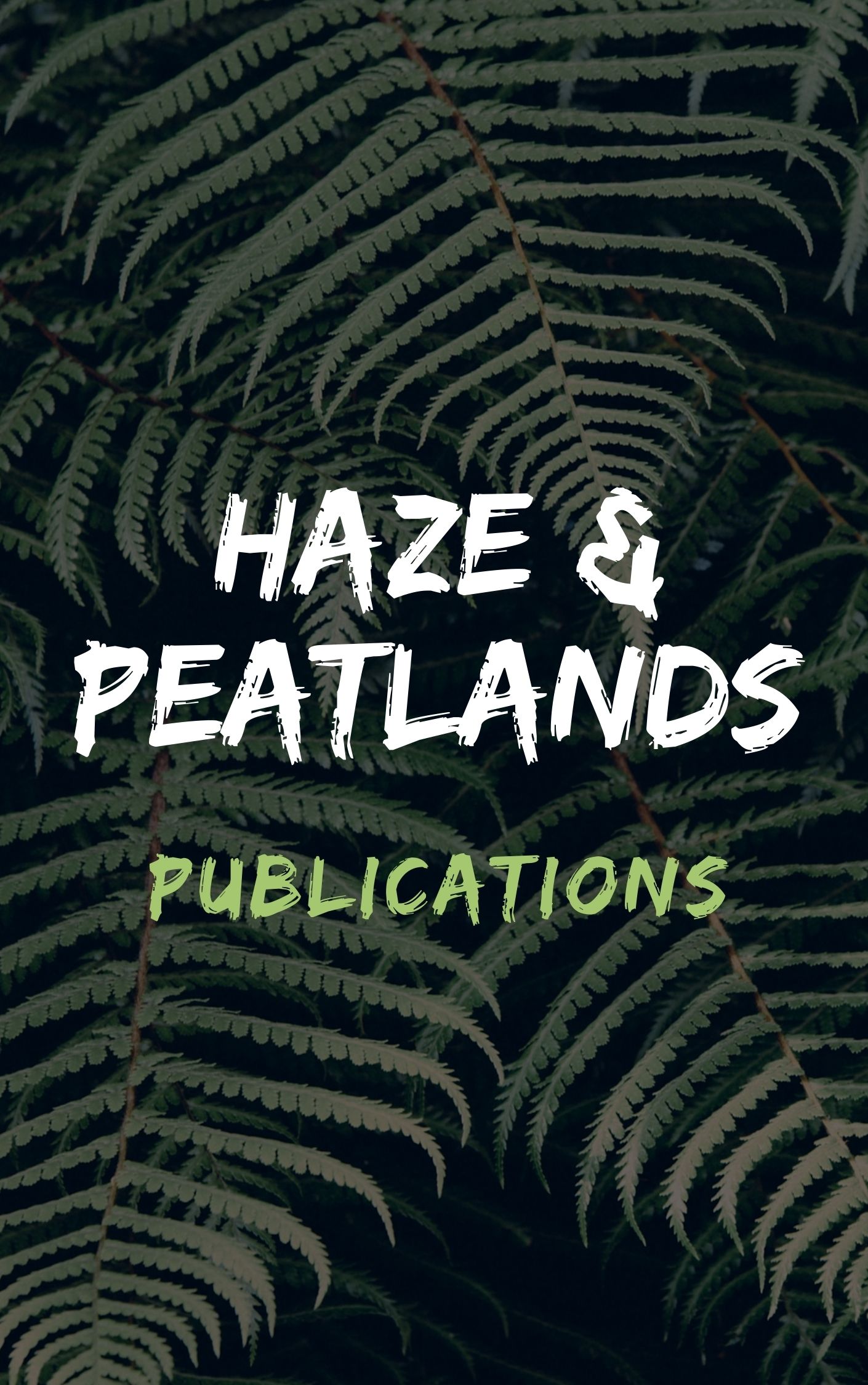Swidden agriculture is by far the dominant land use system in the uplands of Southeast Asia (SEA), as well as other tropical regions, which plays an important role in the implementation of Reducing Emissions from Deforestation and Forest Degradation (REDD) of United Nations. To our knowledge, the long-term inter-annual area of newly burned plots (NBP) of swidden agriculture in mainland Southeast Asia is still not available, let alone in the whole tropics. With the strengthening regional geo-economic cooperation in SEA, swidden agriculture has experienced and/or is still experiencing extensive and drastic transformations into other diverse market-oriented land use types since the 1990s. In this study, high-level surface reflectance products of Landsat 4/5/7/8 family sensors including Thematic Mapper (TM), Enhanced Thematic Mapper Plus (ETM+) and Operational Land Imager (OLI) acquired in March, April and May of each year between 1988 and 2016 were firstly utilized to detect and monitor the extent and area of NBP of swidden agriculture with multiple thresholds of four commonly-used vegetation indices, namely the Normalized Difference Vegetation Index (NDVI), Normalized Difference Moisture Index (NDMI), Normalized Burn Ratio (NBR) and Soil Adjusted Vegetation Index (SAVI), in combination with local phenological features of swiddening and topographical data. The results showed that: (1) an annual average of 6.08×104 km2 of NBP of swidden agriculture, or 3.15% of the total land area of MSEA, were estimated in the past nearly three decades. (2) Annual NBP were primarily distributed in four major geomorphic units including the Central Range of Hills, Northern Mountainous Region, Western Myanmar Hills, and Annamite Chain. (3) A decadal average analysis indicated that the NBP of swidden agriculture opened year by year declined as a whole, especially after 2010, merely with an average of 5.23×104 km2. (4) The top ten provincial administrative units in Cambodia, Laos, Myanmar, Thailand and Vietnam, which consistently accounted for over 90% of the newly opened swiddens of each country, showed distinct fluctuations in using slash-and-burn practices in the last decades. The Landsat-based (30 m) reconstructed 29-year longitudinal updated maps (including extent and area) of the NBP of swidden agriculture may contribute to REDD and local livelihood related studies in Continental Southeast Asia. Our study further demonstrated that the multiple vegetative indices thresholds approach holds great potential in detecting swidden agriculture in tropical mountainous regions. © 2018, Institute of Geographic Science and Natural Resources Research (IGSNRR), Science China Press and Springer-Verlag GmbH Germany, part of Springer Nature.
View source

